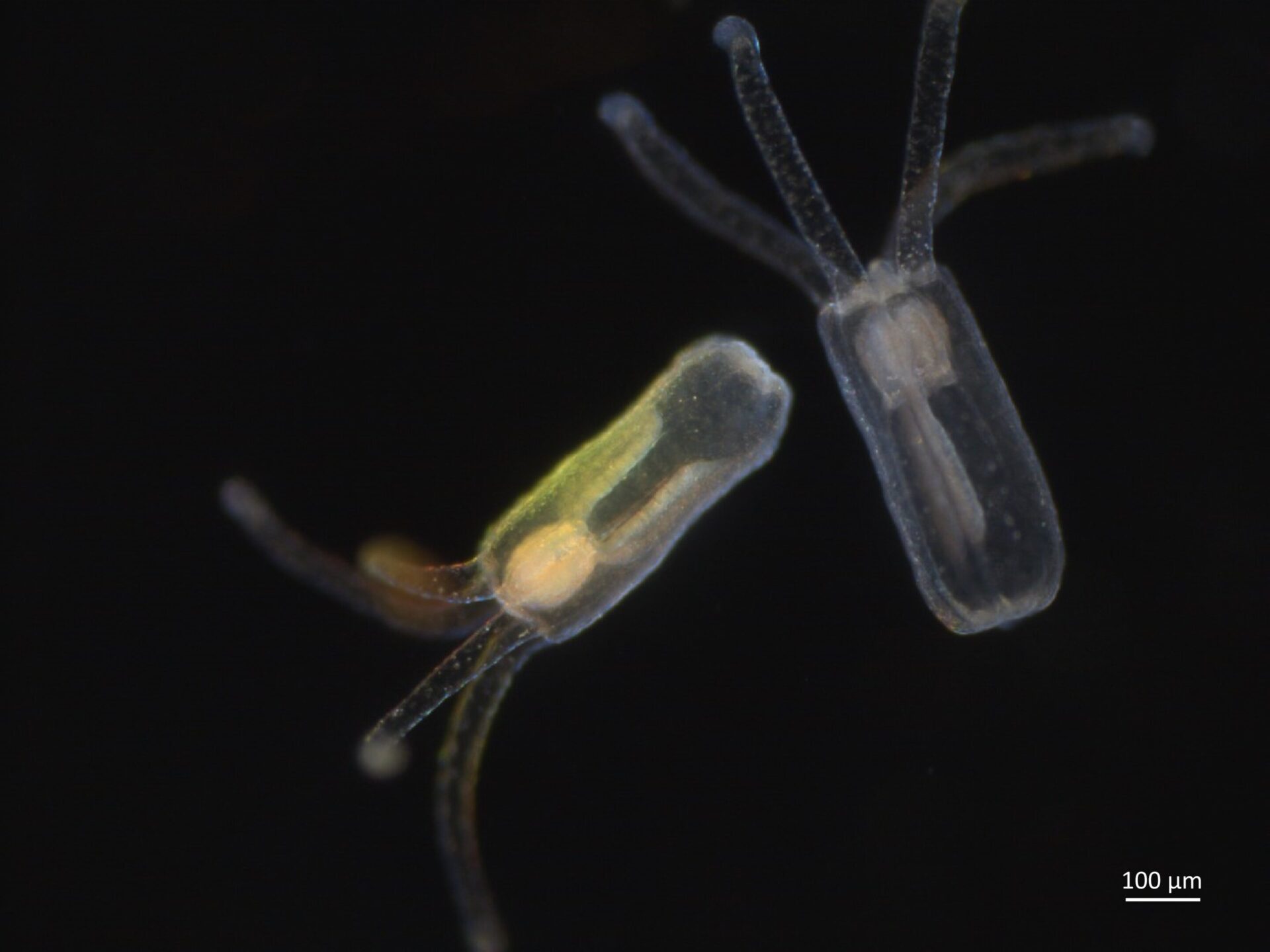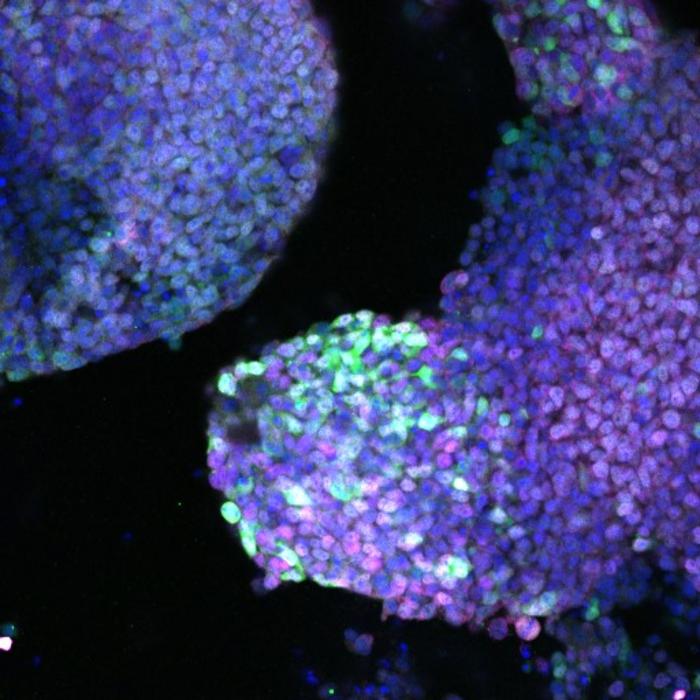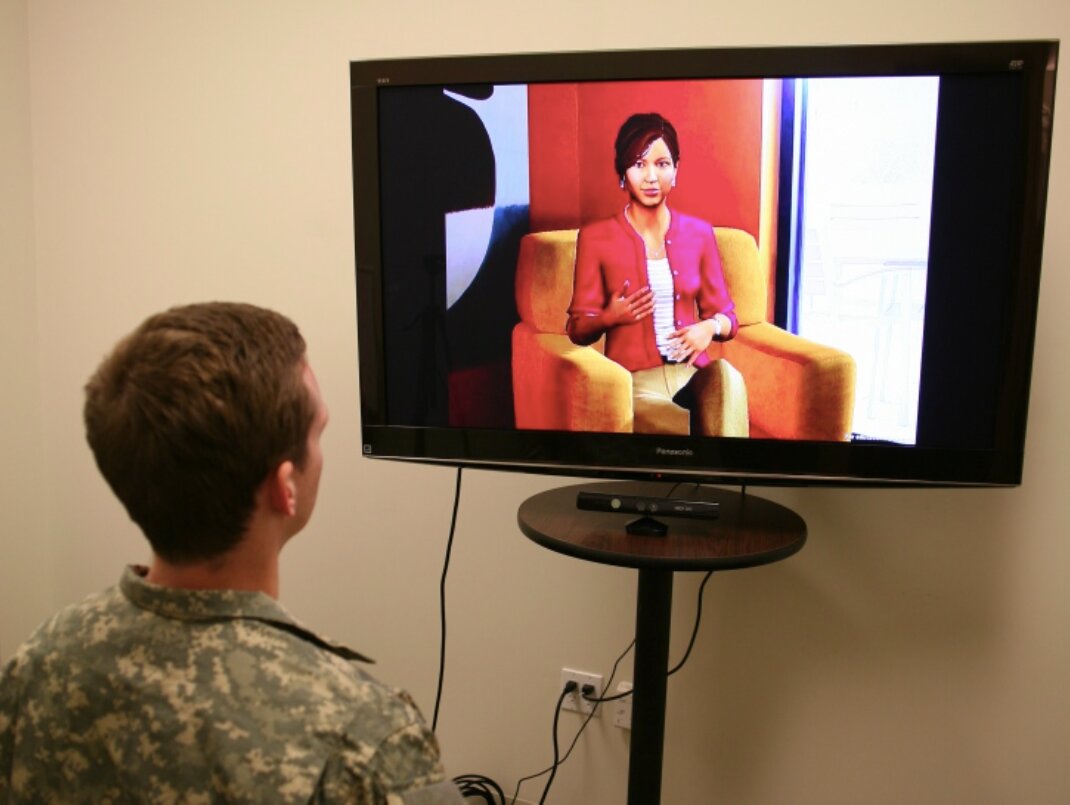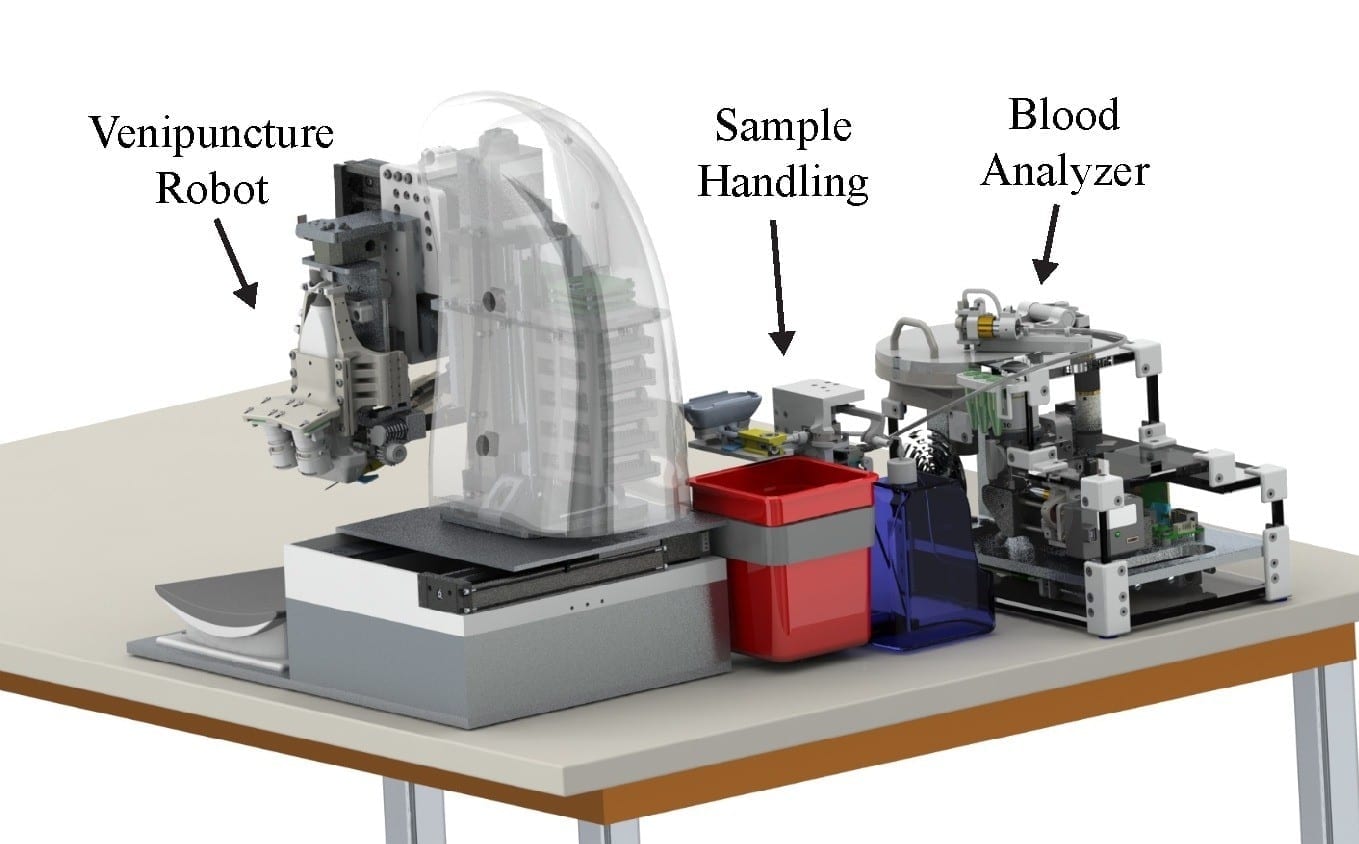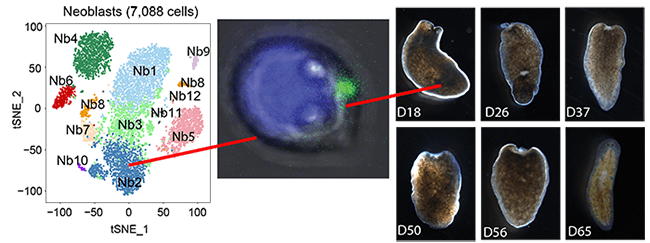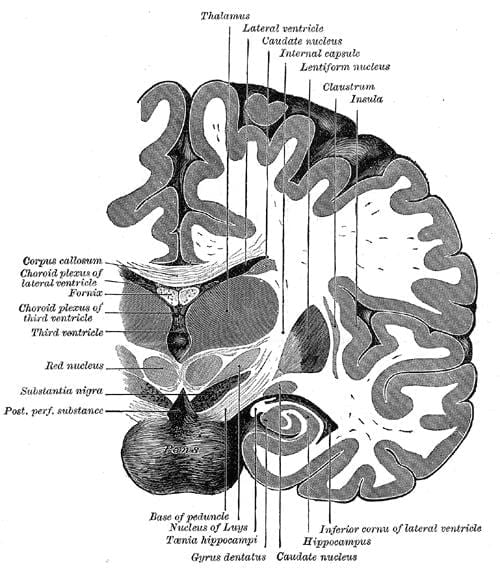
Neuroscientists at EPFL have located the cells that help reprogram long-lasting memories of traumatic experiences towards safety, a first in neuroscience.
The study is published in Science.
Memories of traumatic experiences can lead to mental health issues such as post-traumatic stress disorder (PTSD), which can destroy a person’s life. It is currently estimated that almost a third of all people will suffer from fear- or stress-related disorders at one point in their lives.
Now, a new study shows – at the cellular level – how therapy can treat even long-term memories of trauma. “Our findings shed, for the first time, light onto the processes that underlie the successful treatment of traumatic memories,” says EPFL Professor Johannes Gräff of EPFL’s School of Life Sciences, whose lab carried out the study.
In the field of treating traumatic memories there has been a long-debated question of whether fear attenuation involves the suppression of the original memory trace of fear by a new memory trace of safety or the rewriting of the original fear trace towards safety. Part of the debate has to do with the fact that we still don’t understand exactly how neurons store memories in general. Although they don’t exclude suppression, the findings from this study show for the first time the importance of rewriting in treating traumatic memories.
Research in this area focuses on understanding the brain’s capacity to reduce traumatic memories, but surprisingly few studies have investigated treatment options for attenuating long-lasting trauma (aka “remote fear”) in animal models.
The EPFL scientists found that remote fear attenuation in the brain is connected to the activity of the same group of neurons that are also involved in storing these memories. Working with mice, the scientists have located these neurons in the brain’s dentate gyrus, an area of the hippocampus that is involved in the encoding, recall, and the reduction of fear.
Research in this area focuses on understanding the brain’s capacity to reduce traumatic memories, but surprisingly few studies have investigated treatment options for attenuating long-lasting trauma (aka “remote fear”) in animal models.
The EPFL scientists found that remote fear attenuation in the brain is connected to the activity of the same group of neurons that are also involved in storing these memories. Working with mice, the scientists have located these neurons in the brain’s dentate gyrus, an area of the hippocampus that is involved in the encoding, recall, and the reduction of fear.
The mice used in the study are genetically modified to carry a “reporter” gene that produces an identifiable and measurable signal, e.g. a fluorescent protein, following neuronal activity. Using a fear-training exercise that produces long-lasting traumatic memories, the scientists first identified the subpopulation of neurons in the dentate gyrus that are involved in storing long-term traumatic memories.
The mice then underwent fear-reducing training, which resembles exposure-based therapy in humans – the most efficient form of trauma therapy in humans today. Surprisingly, when the researchers looked again into the brain of the mice, some of the neurons active at recalling the traumatic memories were still active when the animals no longer showed fear. Importantly, the less the mice were scared, the more cells became reactivated. This was a first hint that the same population of neurons may be involved in storing and attenuating traumatic memories.
The researchers then reduced the excitability of the recall neurons during the exposure therapy and found that the mice showed poorer fear reduction compared to controls. But when they reduced the excitability of other neurons in the dentate gyrus, there was no such effect, showing that the recall neurons in the dentate gyrus are crucial for fear attenuation.
Finally, when the researchers enhanced the excitability of these recall neurons during the therapeutic intervention, they found that the mice showed improved fear reduction. Thus, they concluded that attenuating remote fear memories depends on the continued activity of the neurons they identified in the dentate gyrus.
Learn more: The neurons that rewrite traumatic memories
The Latest on: Reprogramming memories
[google_news title=”” keyword=”reprogramming memories” num_posts=”10″ blurb_length=”0″ show_thumb=”left”]
via Google News
The Latest on: Reprogramming memories
- Why our memories work better in colouron May 5, 2024 at 5:00 pm
The next time you struggle to recall a scene from Casablanca or Citizen Kane, don't worry - scientists may have found out why. Memory works better in colour, it seems. Psychologists have found ...
- Memories persist, details fadeon May 5, 2024 at 5:00 pm
As time passes, the visual information that illustrates our memories fades away, Boston College researchers report Like old photographs, memories fade in quality over time – a surprising finding for a ...
- Neurons ‘Tag’ New Memories For Storage During Sleepon May 3, 2024 at 5:01 pm
All day long we’re taking in information and forming memories. Some stick around, others quickly fade away. But how does your brain push those memories into long term storage? And how does our brain ...
- How our memories of food tell us who we areon April 30, 2024 at 4:00 am
There are sad tales here, too, dark histories underlying warm memories. Nezhukumatathil doesn’t waver. Food can be a map toward home, toward memory, toward lineage, her book argues. And with it ...
- Memories abound of years on radio: ‘I like what I do’on April 26, 2024 at 5:05 pm
SALISBURY — Sixty years and counting. For Buddy Poole, he has 60 years worth of memories of his time in radio, and more are being made every day on The Memories Channel 101.7 FM, 1280 AM ...
- Development of iPSCs: From Reprogramming to Functional Assessmenton April 18, 2024 at 6:55 pm
Our first speaker in this webinar, Dr. Jessica Hartman, will discuss the challenges of iPSC reprogramming, including low efficiency, pluripotency instability and high labor intensity. She’ll showcase ...
- ‘Close to Death’ Review: Memories of a Crime Sceneon April 18, 2024 at 9:14 am
Riverview Close, a fictional London residential community near the Thames, is the main scene of action in Anthony Horowitz’s semisatirical mystery novel “Close to Death.” Built on the ...
- Matzo to Memories: Exploring Passover's Culinary Legacyon April 16, 2024 at 5:01 pm
Many holiday traditions center on moments in family lore, and maybe just flavors that scream "Christmas" or "Easter." The foods of Passover, though, are part of the holiday's story. Passover ...
- Share your memories and thoughts about Robert MacNeilon April 12, 2024 at 11:50 am
Do you have memories or thoughts about Robert MacNeil to share with our PBS NewsHour staff? Submit them below. We are collecting them to be shared with his family and friends, and possibly to be ...
via Bing News




